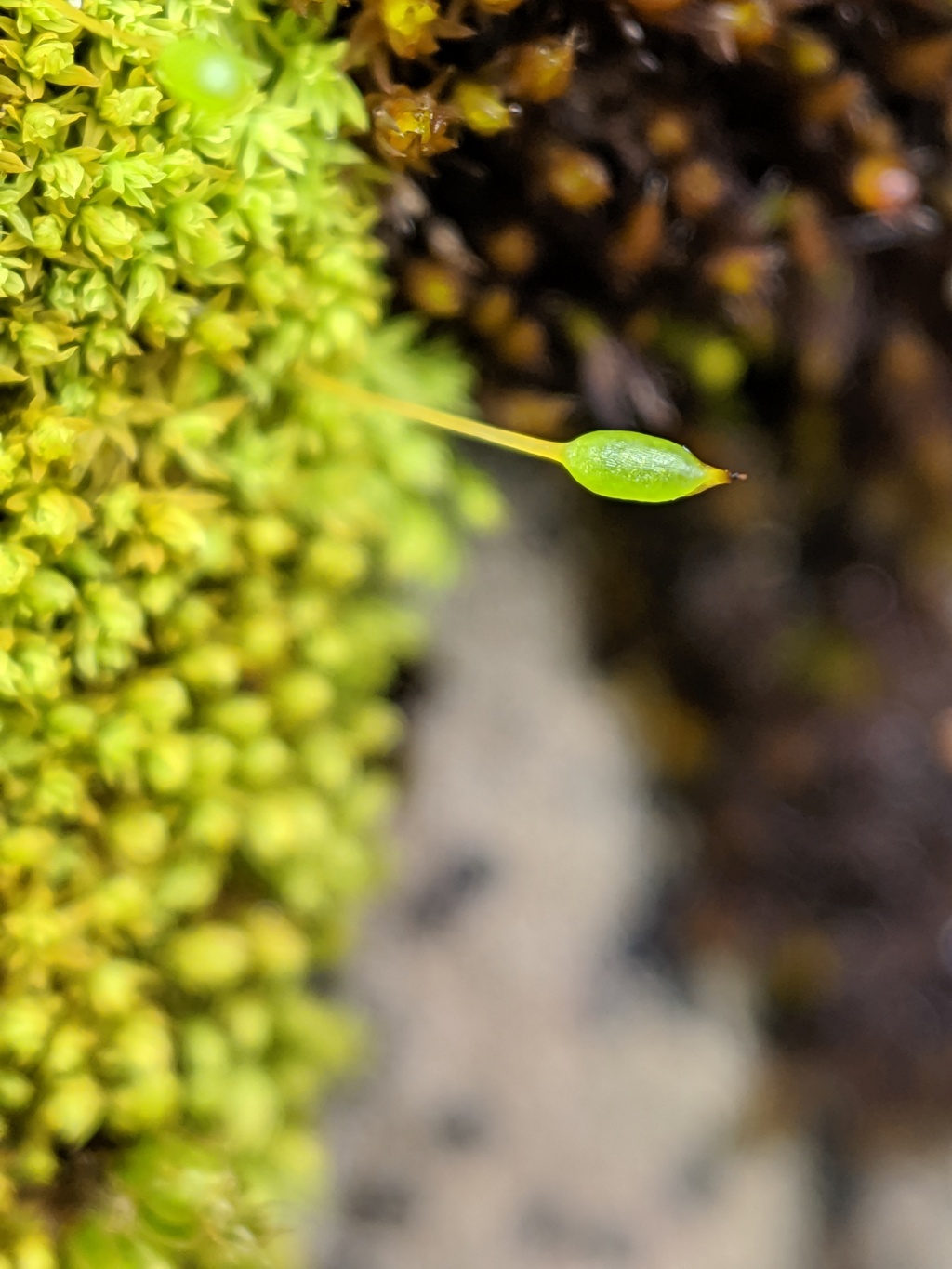Zygodon
Autoicous (not in Victoria), dioicous or synoicous. Asexual reproduction by cylindric, fusiform, ovoid or clavate gemmae in leaf axils or stems or asexual propagules absent. Loose tufts. Stems erect, simple or branched, with red-brown rhizoids. Leaves terete-foliate, monomorphic, recurved, wide-spreading or erect-spreading when moist, flexuose, crisped or straight and erect-appressed or twisted around stem when dry; apex usually acute; costa subpercurrent or percurrent; margins entire to denticulate near apex, plane or undulate, without a border; laminal cells in apical half isodiametric, rounded-hexagonal to ovate, papillose; basal laminal cells subquadrate to rectangular, smooth or a few with papillae. Calyptra cucullate, glabrous or rarely hairy (not in Victoria). Capsules exserted, 8-ribbed when dry; stomata superficial on the neck and base of the urn. Peristome double, single or absent; exostome teeth 8, 16 (not in Victoria) or absent, often reflexed when dry (not in Victoria); endostome segments 8 or 16.
Around 83 species throughout tropical to temperate regions of the world, but most diverse in Central and South America; two species in Victoria.
Two Victorian species with smooth laminal cells that were formerly included in Zygodon are now in Codonoblepharon. See Codonoblepharon for further details.
 Spinning
SpinningCalabrese, G.M. (2006). A taxonomic revision of Zygodon (Orthotrichaceae) in southern South America. The Bryologist 109(4): 453–509.
Lewinsky-Haapasaari, J.; Ramsay, H.P. (2006). Zygodon, in McCarthy, P.M. (ed.), Flora of Australia 51, pp. 237–244. ABRS and CSIRO, Canberra and Melbourne.



